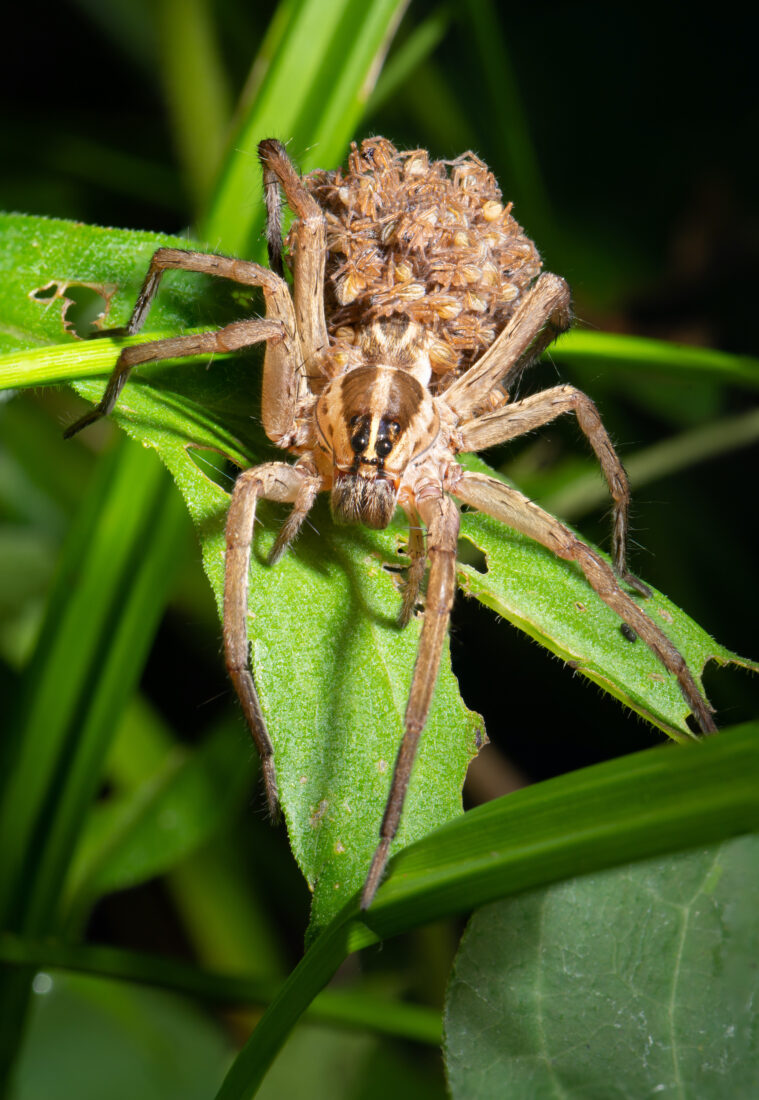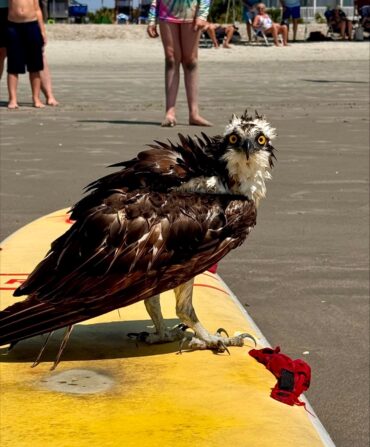Call it continuation of the species or call it love: The back-breaking and downright sacrificial requirements of motherhood aren’t limited to humans. Whether they’re investing years of labor into one tubby baby or sending out offspring by the hundreds, mothers across the South raise the next generation in vast and varied ways. In honor of Mother’s Day, we’ve highlighted a few of the wildest below.

Quiet connection
Right whale calves are born off the coasts of Georgia and Florida in the winter, and then the mother-calf pair has to make a thousand-mile, perilous journey up to Cape Cod for the summer. To help keep their precious cargo safe, mothers have evolved a special call—the human equivalent of a whisper, so as not to attract predators to the vulnerable baby. The energy cost of a calf is so high that right whales only reproduce once every decade or so.

A real mouthful
Bigtooth cardinalfish live in the west-central Atlantic, off southern Florida and from the Bahamas to Venezuela. These small, orange-tinged creatures get creative when it comes to parenthood. After mating, the female releases eggs that she and the male then take into their mouths. Until the eggs hatch a few weeks later, they don’t eat, and the eggs develop safe and sound—for the most part. Some studies show the parents snack on a few, but who’s counting?
Piggybacking
The Carolina wolf spider is the largest wolf spider in the country, and it’s concentrated in the South from Virginia to Texas. After mating (an act for which the male spider risks his life—he might get eaten if he’s not careful), the female spider lays about a hundred eggs and then spins them into a silk sac. She carries that with her until the endearingly named spiderlings hatch, but her job isn’t over: For up to two weeks, the tiny spiders will ride on her back for protection until they are ready to disperse and fend for themselves.
A major drag
The tricolored bat is a tiny, three-gram mammal found throughout the Southeast and beyond. A mother tricolored bat, like other bats, faces a tough feat once her pup is born: She has to carry the little one as she flies around catching insects. At birth, a pup can weigh a third of the mother’s own weight, making the energy cost of flying even higher until the baby takes off on its own about a month later.
Velcro parents
Eastern diamondback rattlesnakes, the country’s largest rattlesnake species, once lived abundantly on the savannas of longleaf pine. Now, they only remain in a few spots in the South, including South Carolina. A mother eastern diamondback is ovoviviparous: She doesn’t lay eggs but rather carries them around inside her for extra protection until they are ready to hatch. Then they hatch inside her and slither out, venomous and ready for action. Until their first shedding, the babies will hang around their mom, but then they are on their own.

Thanks for everything, mom
The blue-ish-green Caribbean reef octopus lives in the reefs and grass beds of the western Atlantic Ocean, including around South Florida and the Caribbean. Like all octopi, it has a grim life cycle and perhaps the most dramatic motherhood tactic: A female breeds just once in her lifetime, and once she has laid her eggs, she doesn’t leave them—even to eat—for the entire five months. By the time the eggs hatch, she’s dead.









